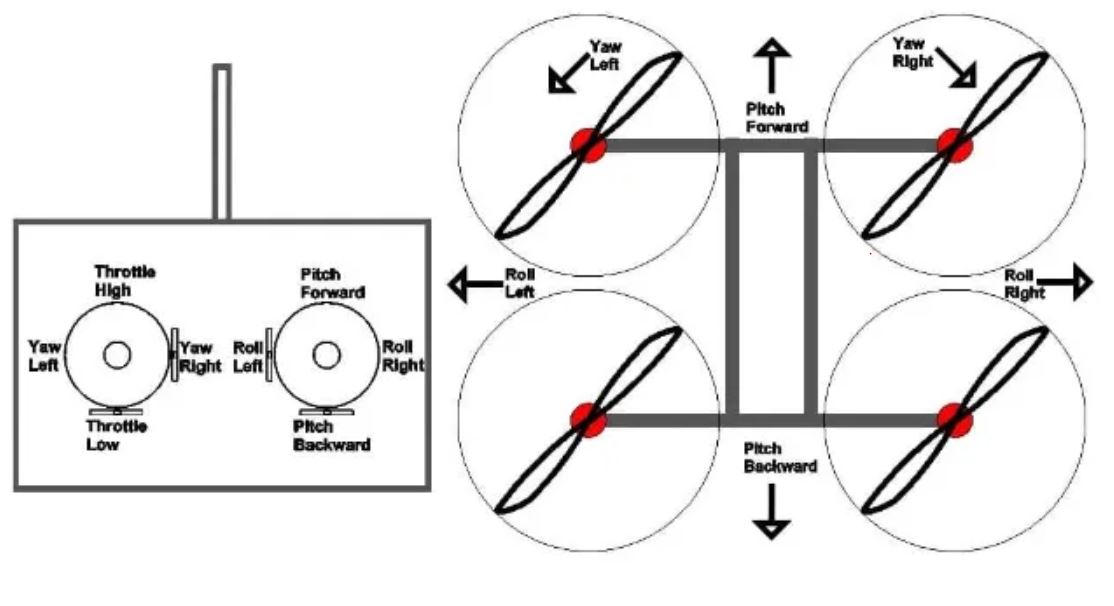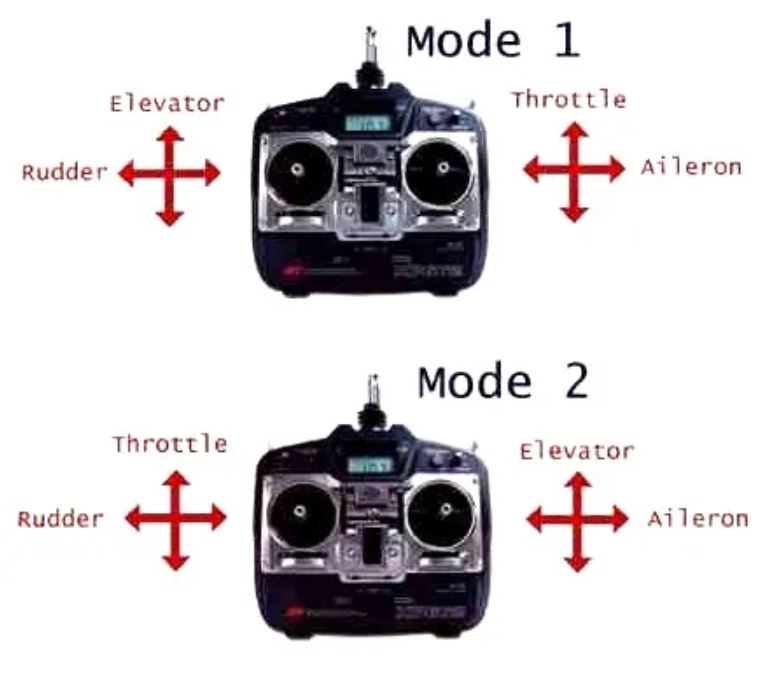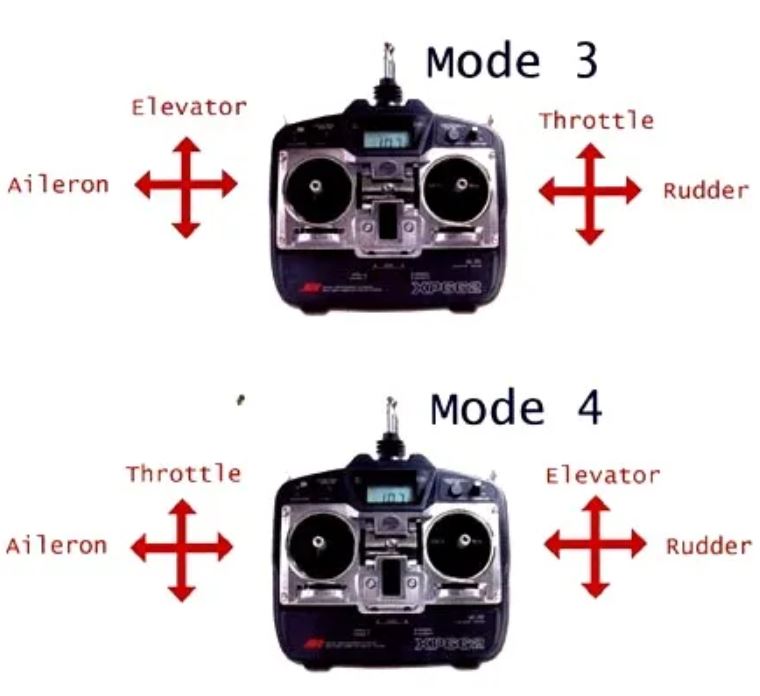One of the most important equipment needed to fly a drone is the Drone Controller and Receiver. In this blog post, we will examine the basics of the controller and receiver, and what to consider when buying them.
The Drone Transmitter is an electronic device that uses radio signals to wirelessly transmit commands to the Radio Receiver connected to the drone, which is remotely controlled via a radio frequency. In other words, it's the device that translates the commands given by the pilot into movements of the drone.
Radio Frequency
A drone transmitter uses many frequencies such as 27MHz, 72MHz, 433MHz, 900MHz, 1.3GHz, and 2.4GHz. Most transmitters operate on 2.4 GHz.
After new protocols were introduced introducing frequency hopping technology, radio control became standardized. Essentially, it automatically scans available channels to avoid interfering with other pilots and allows multiple pilots to fly simultaneously.
Gimbals
Gimbals are sticks that translate a pilot's input into digital data transmitted to the radio receiver. The quality of gimbals is one of the most important parameters when flying a drone. It can affect the ease of use and smoothness of control while flying a drone. It could be one of the factors that determine how well you can fly a drone.
There are two commonly used types of gimbals;
· Hall Effect Gimbal (digital)
· Potentiometer type Gimbal (analog)
Hall Effect gimbals use magnetically hall sensors to capture stick position values, making them more resistant to wear. These gimbals are also more sensitive.
Potentiometer type gimbals use a pot to capture stick input values, making them much more prone to rapid wear.
Channels
A Drone Radio Transmitter communicates commands through channels. Each channel represents a separate action sent to the aircraft. The basic channels are listed below:
1. Roll: Moves your drone left or right in the air.
2. Pitch: Tilts your drone forward or backward.
3. Yaw: Allows you to rotate your drone clockwise or counterclockwise in the air to create circles or patterns.
4. Throttle: Controls the amount of power sent to your drone, allowing it to go faster or slower.
It is recommended to have 1 or 2 extra channels to switch between modes. The number of channels you can use is also limited by the receiver protocol (the connection between the receiver and the flight controller).

Modes
When purchasing an FPV Drone Radio Transmitter, you need to determine which "Mode" you prefer to use while flying. The mode determines the aircraft movement assigned to a specific stick movement. There are 4 transmitter modes, and Mode 2 is the most popular and usually set as the default mode in most radios.


Radio Receivers
A Radio Receiver is a device that can receive commands from the Radio Transmitter, interpret the signal through the flight controller, and convert these commands into specific actions that control the aircraft.
A receiver must be compatible with the radio transmitter; this usually means purchasing Rx and Tx from the same brand to communicate. However, there are radio receivers that work with the same protocol but are not from the same brand.
Frequencies should also be the same on both Rx and Tx. For example; a 2.4 GHz Transmitter can only work with a 2.4 GHz Radio Receiver.
Operating System
Every transmitter has its operating system, which is its user interface. OpenTX is one of the most used open-source operating systems. It is custom firmware for RC radio transmitters that offers a wide range of options for various RC models.
· FrSky Taranis X9D, Q7X, X9E
· FrSky Horus X10, X12
· Turnigy 9X
· Fly Sky 9X
OpenTX is a highly configurable system that offers many options for any type of RC model.
With many options on the market, choosing your first (or next) transmitter can be challenging. Below are currently the best-selling drone controller models. You can view all drone controller models
here.
Taranis is an exceptional remote controller that can do just about anything you can think of. It comes with the powerful and fully programmable Open9x firmware, which means you have control over every little function. The radio system used by FrSky gives you a range of 1.5 km, which is more than enough for both racing and aerial photography.
It runs the open-source manufacturer firmware "OpenTX" and has a large LCD screen for ease of use when setting up models. The Q X7 can run both FrSky D8 and D16 protocols and has an expansion port at the back to add modules like TBS Crossfire to extend the range.
FlySky FS-i6 works on the FlySky AFHDS protocol and is a great transmitter for budget-conscious beginners. However, it has some limitations such as only being able to use 6 channels and can only use the no longer widely supported FlySky AFHDS protocol.
.png)

